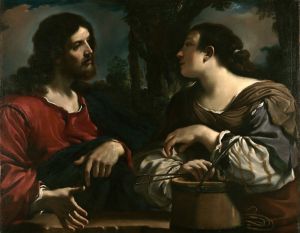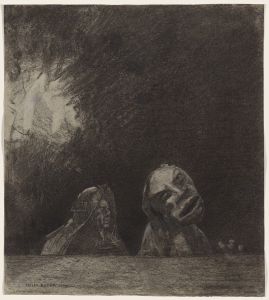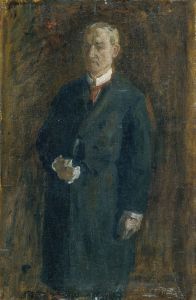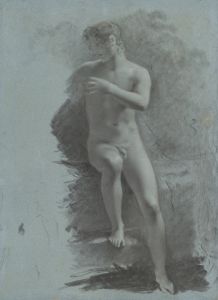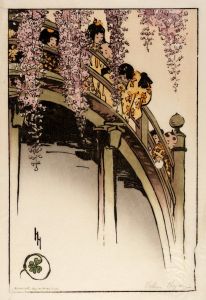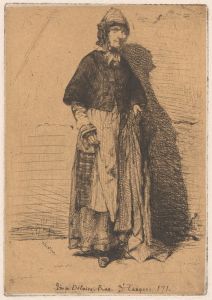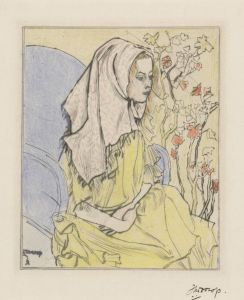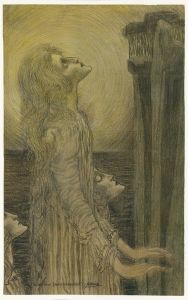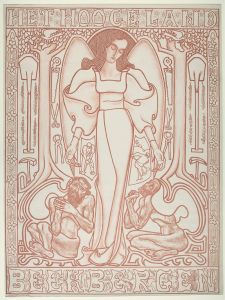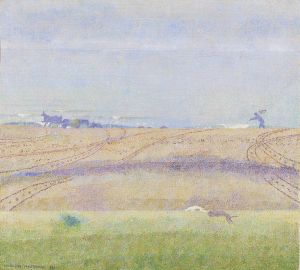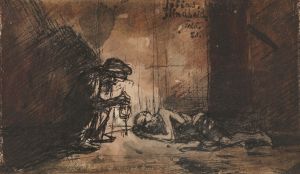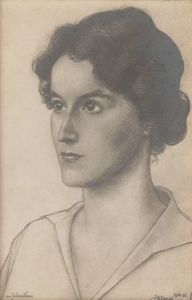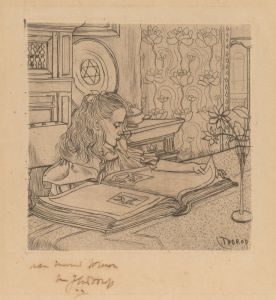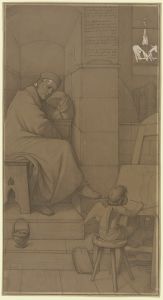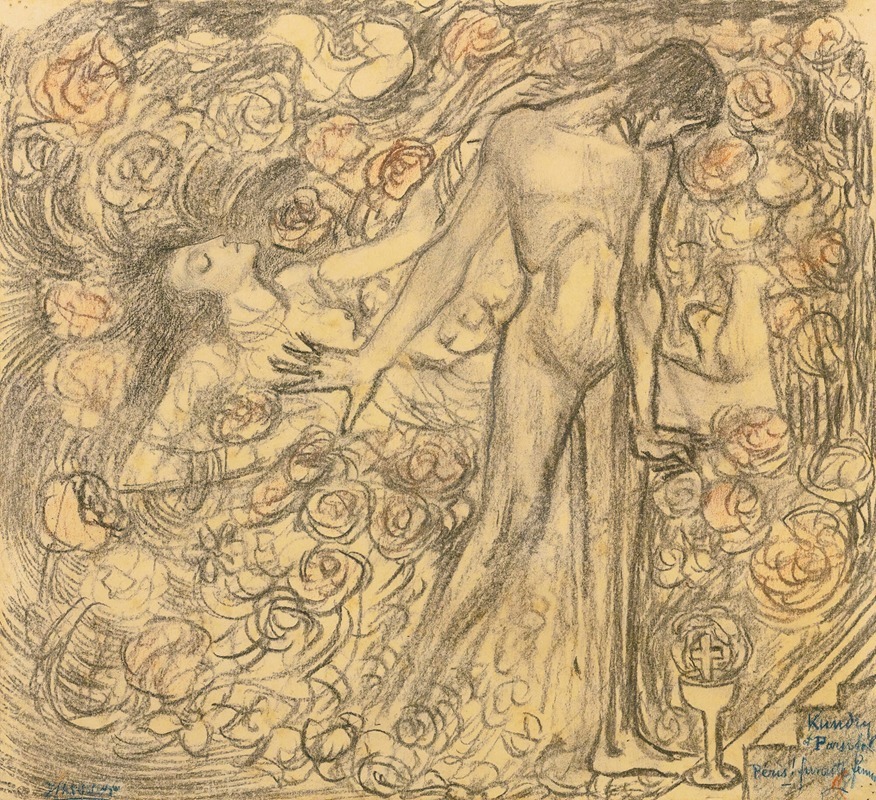
Kundry And Parsifal
A hand-painted replica of Jan Toorop’s masterpiece Kundry And Parsifal, meticulously crafted by professional artists to capture the true essence of the original. Each piece is created with museum-quality canvas and rare mineral pigments, carefully painted by experienced artists with delicate brushstrokes and rich, layered colors to perfectly recreate the texture of the original artwork. Unlike machine-printed reproductions, this hand-painted version brings the painting to life, infused with the artist’s emotions and skill in every stroke. Whether for personal collection or home decoration, it instantly elevates the artistic atmosphere of any space.
Jan Toorop (1858-1928) was a Dutch-Indonesian painter known for his Symbolist works and his involvement in the Art Nouveau movement. One of his notable works is "Kundry and Parsifal," which draws inspiration from Richard Wagner's opera "Parsifal." This painting reflects Toorop's fascination with mysticism and his ability to blend different artistic styles.
"Parsifal," Wagner's last opera, premiered in 1882 and is based on the medieval legend of the Arthurian knight Parsifal and his quest for the Holy Grail. Kundry is one of the opera's central characters, a complex figure who oscillates between roles as a seductress and a penitent. Toorop's depiction of these characters is imbued with the Symbolist ethos, emphasizing the spiritual and the mystical.
Toorop's "Kundry and Parsifal" is characterized by its intricate line work and the use of flowing, organic forms, which are hallmarks of the Art Nouveau style. The painting captures the emotional and psychological depth of the characters, using symbolic imagery to convey their inner struggles and transformations. The figures are often depicted with elongated forms and ethereal qualities, creating a sense of otherworldliness.
The painting is also notable for its use of color and light. Toorop employs a palette that enhances the mystical atmosphere of the scene, with subtle gradations of color that add to the dreamlike quality of the work. The interplay of light and shadow is used to highlight the spiritual dimensions of the characters and their journey.
Toorop's interest in spirituality and mysticism was influenced by his diverse cultural background and his exposure to various philosophical and religious ideas. Born in Java, he moved to the Netherlands at a young age and later studied at the Rijksakademie van Beeldende Kunsten in Amsterdam. His work was also influenced by his interactions with other artists and intellectuals of his time, including members of the Symbolist movement.
"Kundry and Parsifal" is a testament to Toorop's ability to merge different artistic influences into a cohesive and compelling vision. The painting not only reflects his technical skill but also his deep engagement with the themes of redemption, transformation, and the search for spiritual meaning. It stands as a significant example of how Toorop's work bridges the gap between the Symbolist and Art Nouveau movements, contributing to the broader narrative of European art at the turn of the 20th century.
Today, Jan Toorop is remembered as a pivotal figure in the development of modern art in the Netherlands. His works, including "Kundry and Parsifal," continue to be studied and admired for their innovative approach to form and content, as well as their profound exploration of the human condition.





